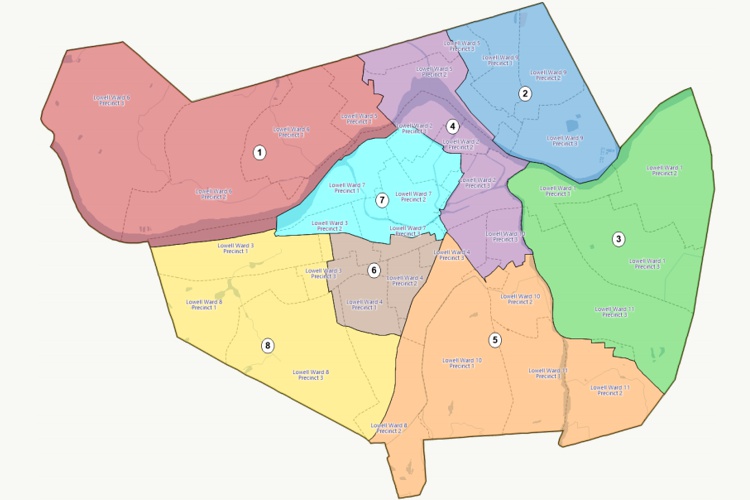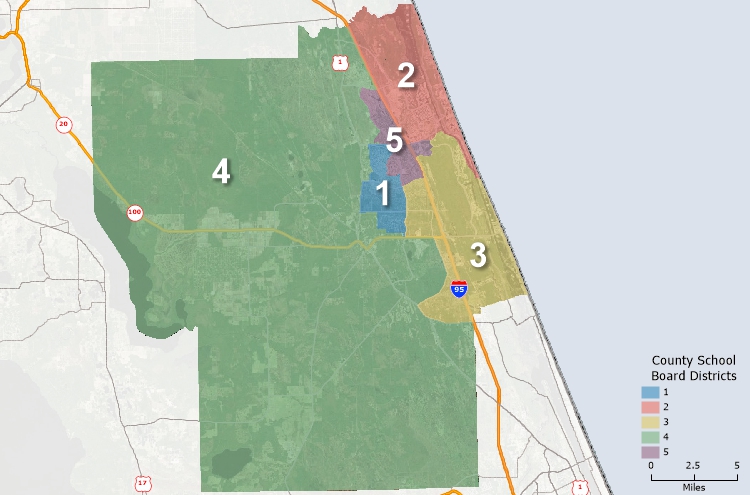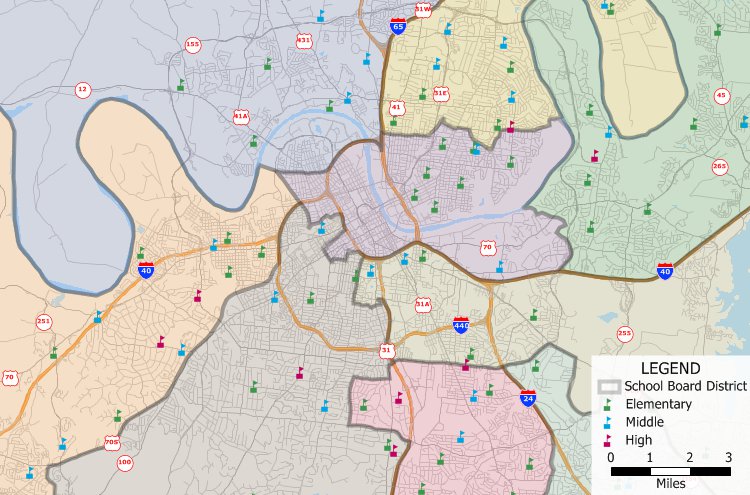Maptitude for Redistricting is the ultimate in school board redistricting software. Maptitude for Redistricting can be used at the local level for school board district mapping, as well as city council and school district mapping. Maptitude is also used by a majority of the state legislatures, redistricting commissions, political parties, and public interest groups for statewide redistricting of legislative and Congressional districts.

School board redistricting with Maptitude for Redistricting
A web-based version, Maptitude Online Redistricting, is suitable for individual citizens and legislators who wish to propose boundaries for their district or even an entire plan. There is also a version that runs as an extension to ArcGIS if you prefer working in that GIS environment.
Maptitude is the perfect solution for adding additional GIS users where Esri software is already in use. Maptitude:
To learn more about the school board redistricting features in Maptitude for Redistricting, please see the Features page or contact Caliper Sales at sales@caliper.com or by phone at 617-527-4700.

|
“It's light years ahead. The software can do so much more, so much more quickly.” Karl Aro |
School board voting district software is a type of application that helps school boards create and manage voting districts for their elections. Voting districts are geographic areas that determine who can vote for which school board members. School boards may need to redraw their voting districts periodically to account for population changes, legal requirements, or other factors.
The software often provides various features and functionalities that help in the efficient management of school board elections. These may include:
1. District Mapping: The software enables the creation and visualization of school board voting districts on a map. It allows administrators to define district boundaries based on specific criteria such as population, geographical location, or demographic factors.
2. Voter Registration: The software facilitates the registration of eligible voters within each voting district. It maintains a database of voter information, including names, addresses, and other relevant details. It may also support voter verification and validation processes.
3. Election Administration: The software assists in managing the entire election process, from candidate nominations to ballot creation, voter outreach, and voting logistics. It helps track key dates, manage absentee ballots, and handle any legal or procedural requirements.
4. Voter Communication: The software often includes communication tools to inform voters about important dates, polling locations, and candidate information. It may support email notifications, SMS alerts, or even an online portal for voters to access relevant information.
5. Results Tabulation: Once the voting process is complete, the software helps in tabulating and consolidating the election results. It can generate reports, charts, and statistical analyses to provide a comprehensive overview of the outcomes.
6. Security and Compliance: School Board Voting District Software typically incorporates security measures to ensure the integrity and confidentiality of voter information. It may have features like user authentication, encryption, and data backup mechanisms to safeguard sensitive data. Additionally, the software is designed to comply with legal and regulatory requirements governing elections and privacy.
By leveraging such software, electoral bodies can streamline the entire election process, reduce administrative burdens, improve accuracy, and enhance transparency in school board elections.
 Glynn County, Georgia
Glynn County, Georgia

School Board Redistricting

School board districts created with Maptitude school board redistricting software